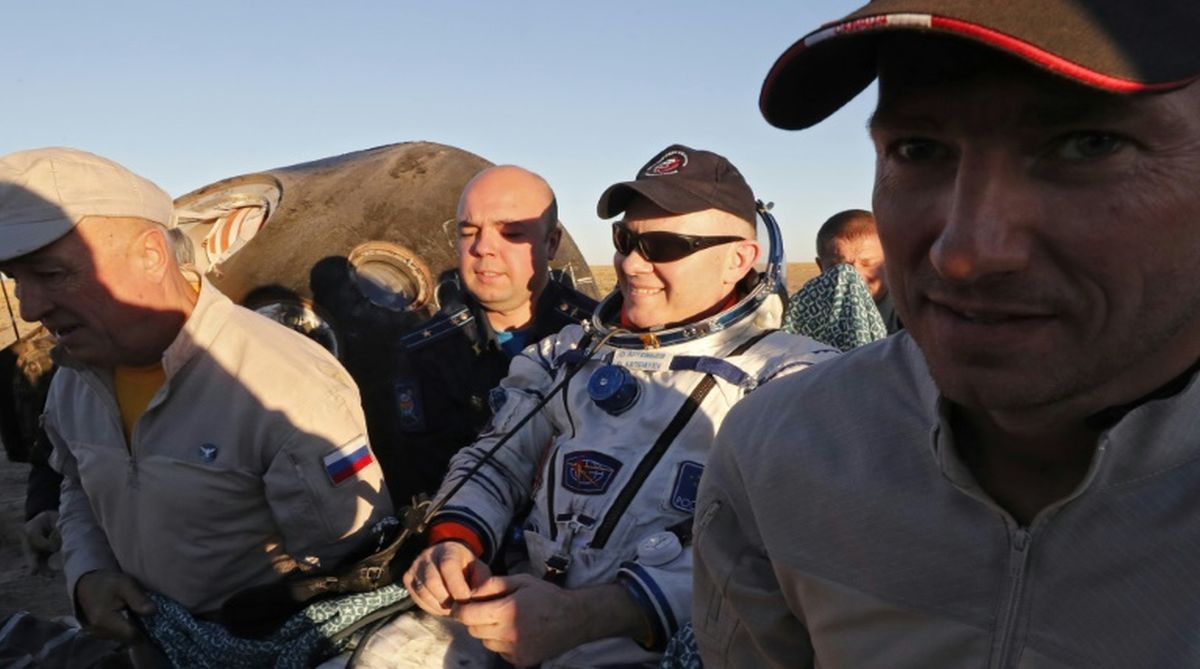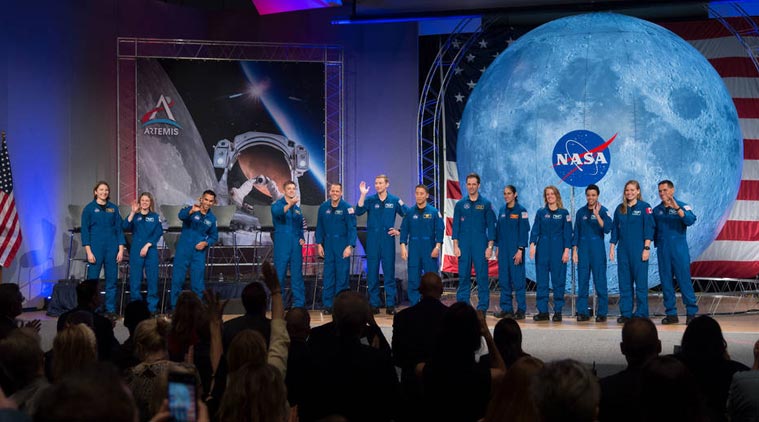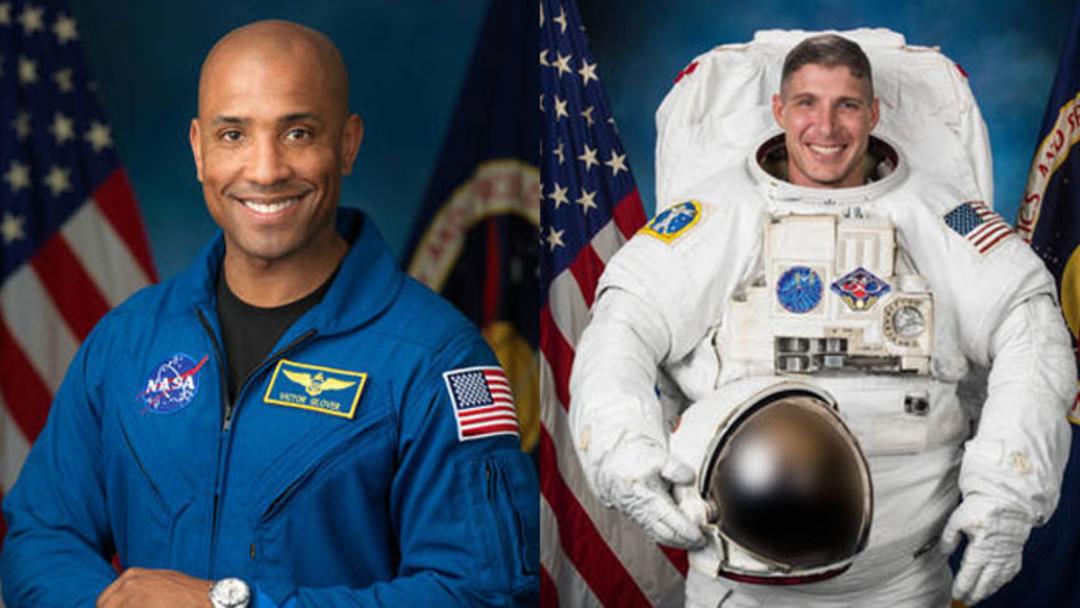
I never closed the door on the possibility of doing the astronaut thing. citizen first before I could apply, and that took about nine years from landing in the U.S. How did you end up becoming an astronaut? I found the whole astronaut business was a tremendous motivator to study the sciences – which I’ve never regretted because it turned out I love science as much as I love being an astronaut. I went to the career master at school and said, “How do I do that?” He said you probably ought to study math, physics, chemistry, biology, and stuff like that, and that’s what got me going into science. I thought this was the best thing ever and it inspired me. I thought the whole thing was just magical. I watched the Apollo landings at the age of 12 and 13. This man was up there zipping around the world, flashing into day and night, and watching the whole world go by and it was a vision that stayed with me ever since. He’s going round and round into night and into day really quickly.” Somehow that caught my imagination. My dad had an orange and he showed the light coming from one side and he said, “Here’s the world and he’s going so fast.

That was Yuri Gagarin and he was getting around so fast. Very early, about 7 years old, my dad came and told me that there was this man flying around the world in a little spacecraft. What first sparked your interest in space and science? My dad helped patrol the Mediterranean, and the Middle East, and then Europe for quite a while, so we hopped around with him – always interesting, hot places like Malta, and Cyprus, and Yemen, and then Germany, then all over the United Kingdom.

I kind of grew up all over the place because I was a British Army brat. Piers Sellers shared his thoughts about his career in interviews over the years: Where are you from? Piers Sellers receives the Distinguished Service Award from NASA Administrator Charles Bolden in 2016. Piers marveled at seeing Earth from space – a view he would talk about for years to come. On space shuttle missions STS-112 (Atlantis), 121 (Discovery), and 132 (Atlantis), he helped complete construction of the International Space Station and logged almost 35 days in space, including almost 41 EVA hours in six spacewalks.


Nasa astronauts 2016 how to#
"It took years and years, but at the end of it we came up with a complete theoretical understanding of how goes from a single leaf, with its little chloroplasts doing photosynthesis, to what that looks like from space, and then how to integrate the whole thing to find out the photosynthetic power of the planet," Sellers said in a 2016 interview.Īfter 14 years as a NASA scientist, Piers made good on his childhood dream and joined NASA's astronaut corps in 1996. He created the Simple Biosphere Model (SiB) in 1986 – the first model to realistically simulate the interaction of global photosynthesis and Earth's climate. Piers Sellers began his 30-year career at NASA in 1982 – leaving his native Great Britain to join Goddard Spaceflight Center in Greenbelt, Maryland. This tribute was created from NASA biographical material and past interviews. 23, 2016, in Houston of pancreatic cancer, leaving behind a dynamic legacy at NASA. He fulfilled that childhood dream and much more. As a child in the United Kingdom, Piers watched the Apollo Moon missions and was so inspired he asked his school career counselor how to become an astronaut. Editor’s note: Piers Sellers was a NASA astronaut, a climate scientist, and an agency leader.


 0 kommentar(er)
0 kommentar(er)
